L. 3 DIFFERENTIAL CENTRIFUGATION презентация
Содержание
- 2. Cell are disrupted in a homogenizer and the resulting mixture, called
- 3. The centrifuge is primarily used to separated biological components based upon
- 8. The centrifugal force exerted on a particle in the solution is
- 10. Separation of cell organelles by differential centrifugation
- 11. A Summary of Centrifuge Techniques and Applications Preparative Velocity sedimentation centrifugation
- 12. Centrifugation Through Density Gradients Fast sedimenting particles will be contaminated with
- 13. Several different media are commonly used in density gradient centrifugation depending
- 14. Types of density gradient centrifugation The two types of density gradient
- 15. Density gradient centrifugation Zonal Gradient is present in the tube
- 17. Density gradients can be preformed or formed during centrifugation. In
- 18. Subcellular Fractionation and Marker Enzyme
- 21. Скачать презентацию
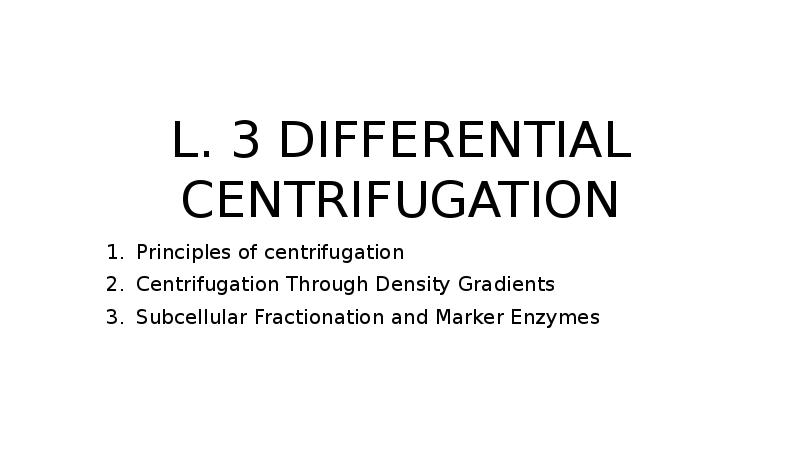



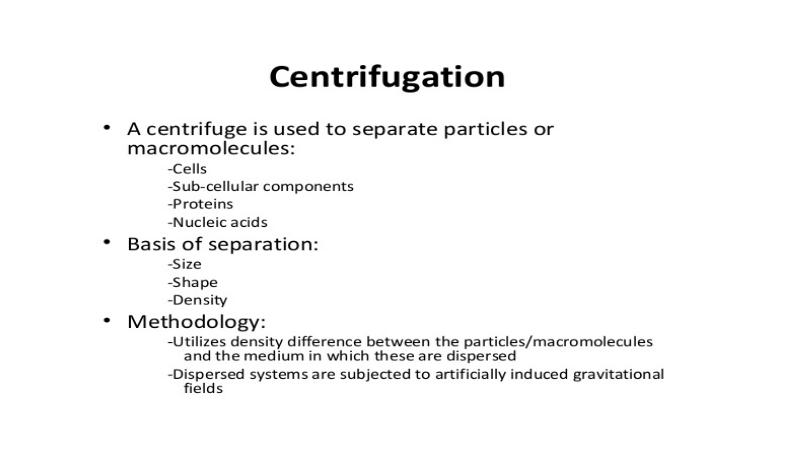
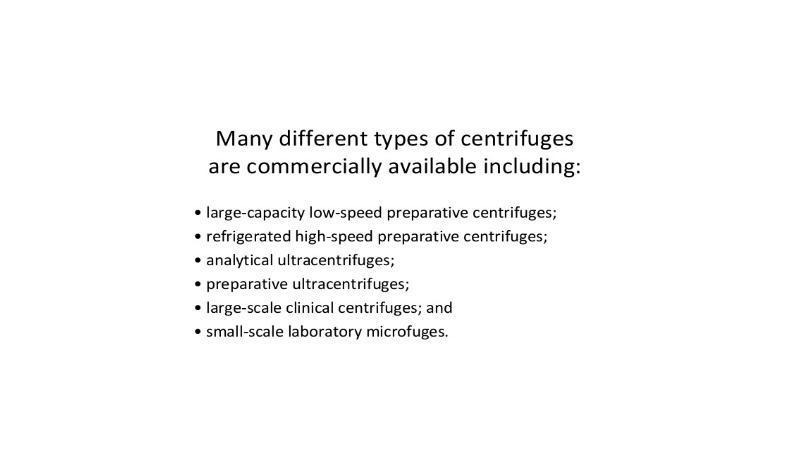
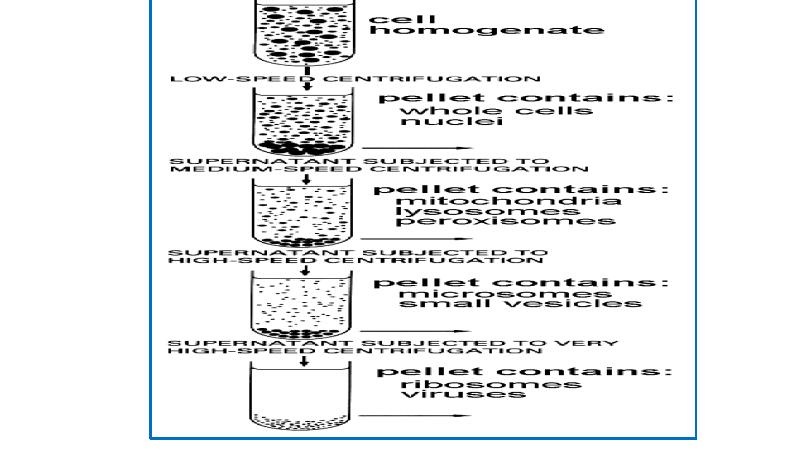
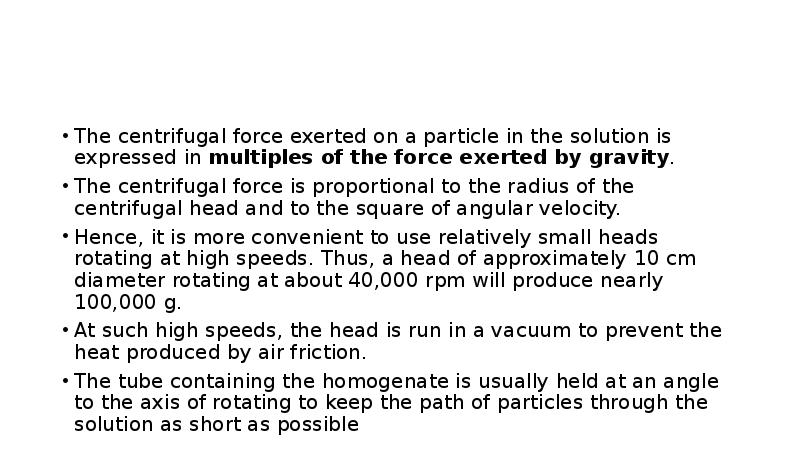
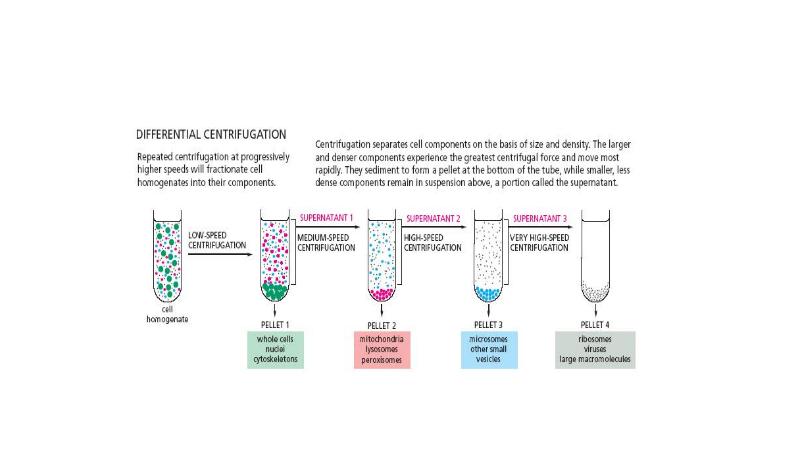
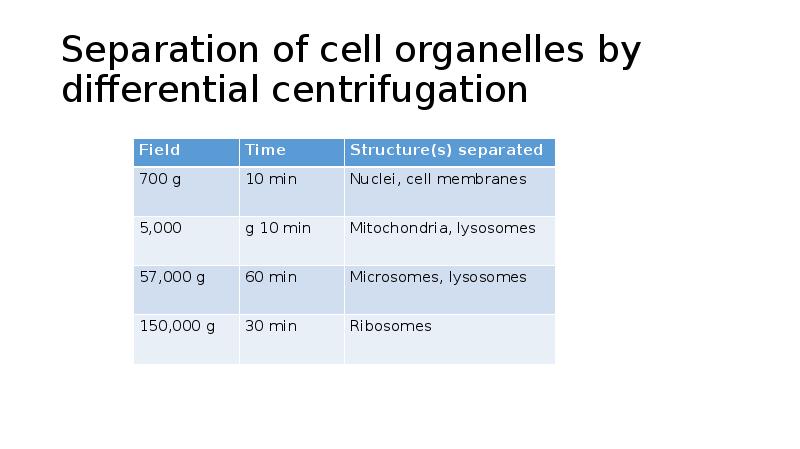
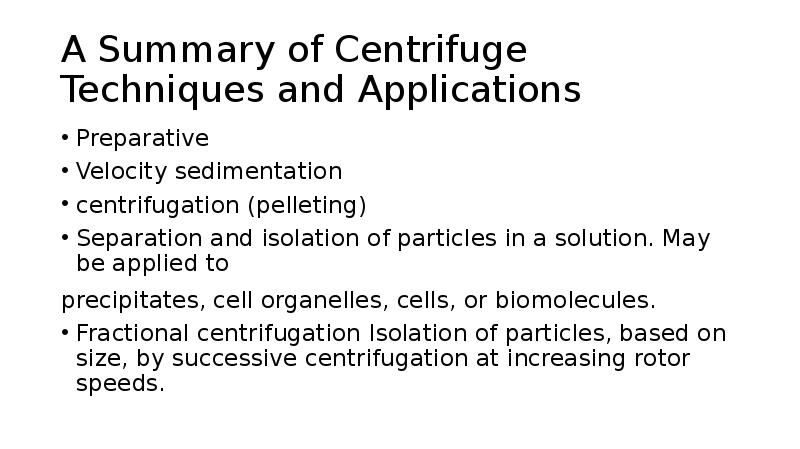

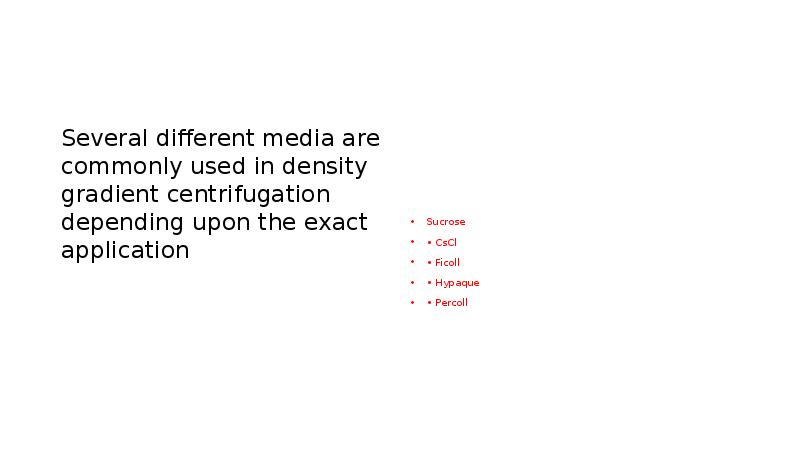
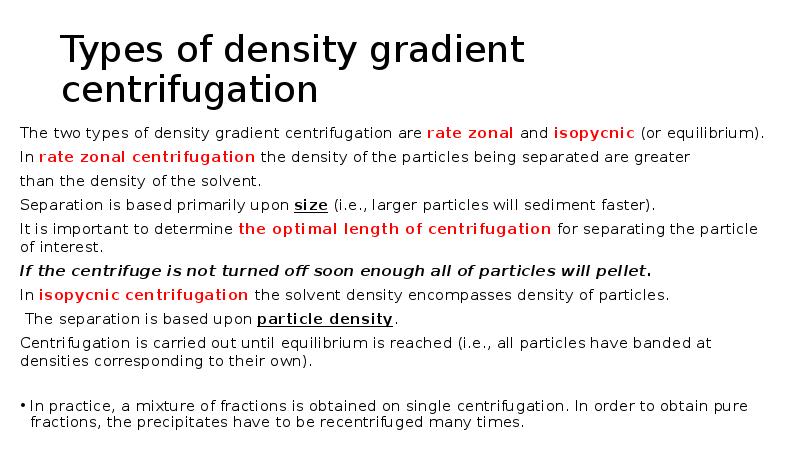
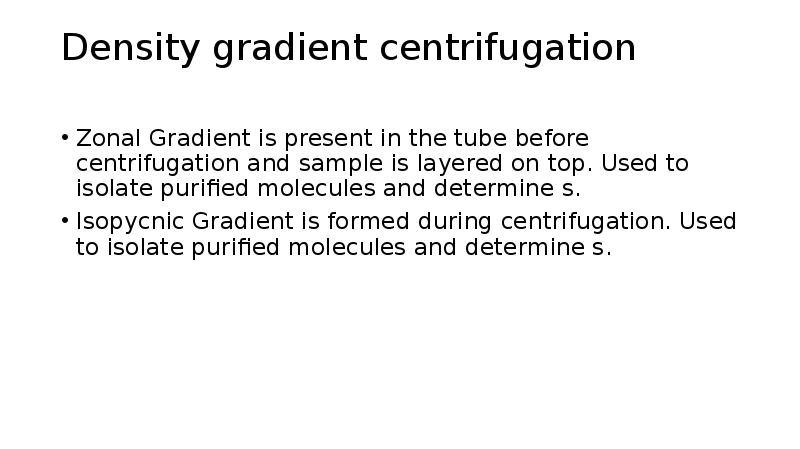
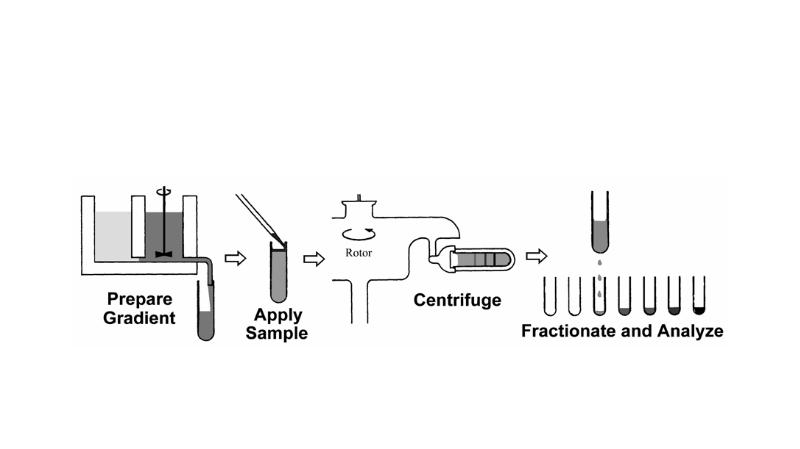
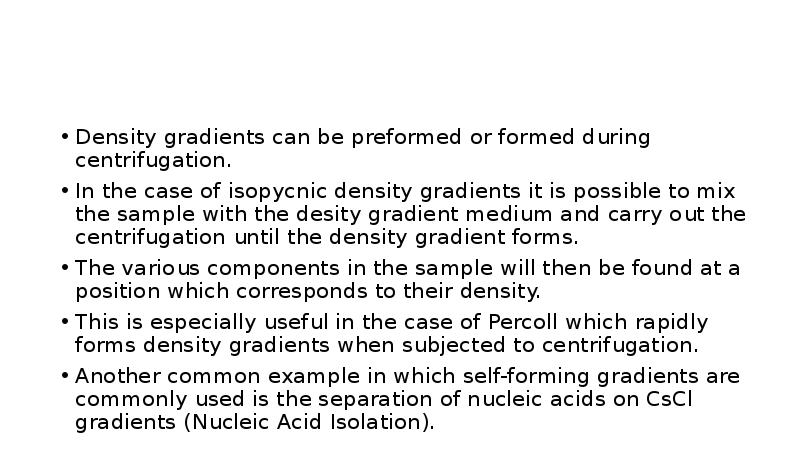
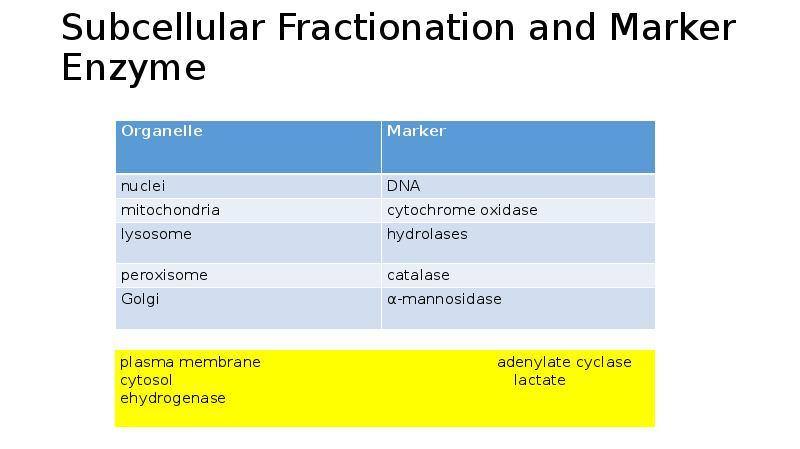
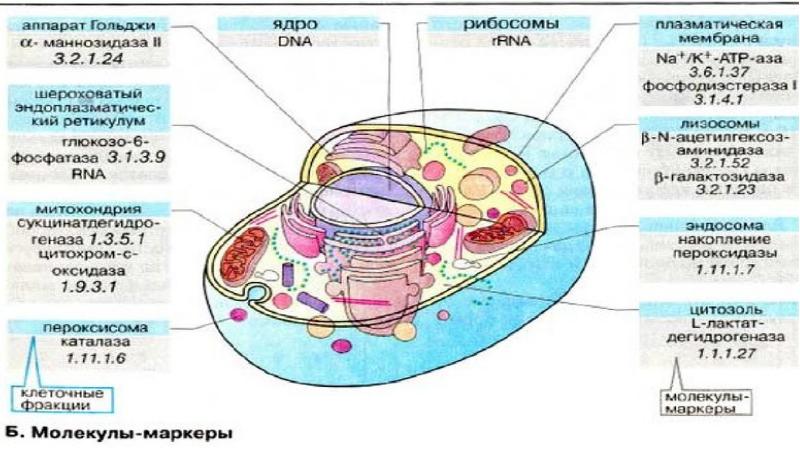

Слайды и текст этой презентации
Похожие презентации





























